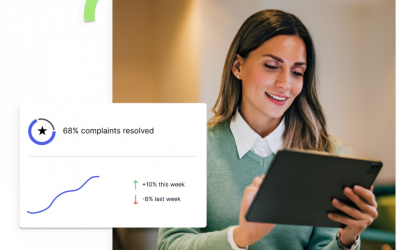Consider these points prior to making your decision to centralize:
- Loss of agility is a risk: A centralized function brings all of your analytics staff members together and allows them to collaborate and pool their skills and resources to come up with the outcomes. However, this also means that a highly standardized protocol for operations is in place and is followed by each member of the team. It makes for a more rigid and less agile HR analytics team which may find it unable to adapt to changing situations and be flexible with respect to the kind of analysis that needs to be done.
- Lack of personal involvement or ownership: A centralized function not just pools the skills of analysts, but also gives them a collective responsibility for the analysis. As a result, the HR analysts may not be motivated to take responsibility for the outcomes or show any kind of innovative thought to the process itself. In fact, individual team members may show a clear lack of personal involvement in the analysis, which means that their depth of knowledge is bound to be limited in this area. It also restricts their ability to review and assess the HR analytics process as well as outcomes from fresh perspectives.
- The organizational culture also matters: If delegation of authority is a norm for your business, and operations are divided into clear divisions with each one taking full responsibility for its own success, then a decentralized HR analytics function may work well for you. Since the corporate culture favors decentralization, the analytics team of each division will be able to function self-sufficiently and yield accurate, highly valuable outcomes.
- Organization size: A small-sized business can work well with a centralized model especially if it has a limited number of talented HR analysts working for it. In such a scenario, pooling all the available skills and distributing the analysis tasks among the team members is the viable solution. In large-sized organizations, decentralization may be the more sensible option. Here each division of the business may have some unique challenges or characteristics that are understood only by an HR analyst who has exposure to the niche. Getting such analysts to work on data from these sections of the business allows the top management to utilize the HR analytics team’s skills optimally.Plus, in larger business, the various divisions may function with far greater independence than in small organizations. The analytics teams in each division may be able to deliver accurate reports in the former owing to any disconnect between the various parts of the business.
When it comes to centralizing your HR analytics function, a two-fold approach is needed: first, identify whether or not your organization can benefit from a centralized approach, and second, determine the degree of centralization or decentralization to be adopted. The points discussed here will let you make the right decision on both these counts.




